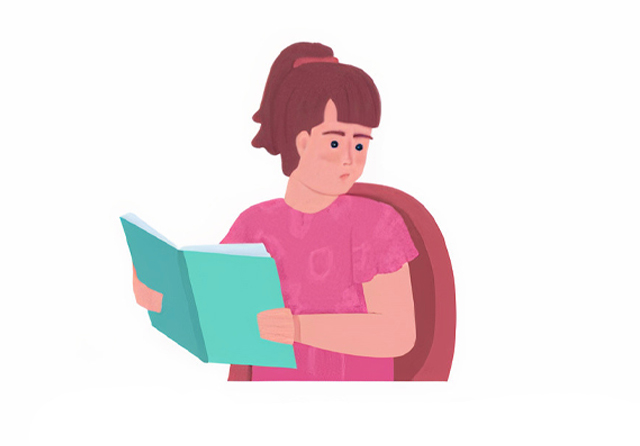Differences between Dyslexia, Dysgraphia and Dyscalculia.
Dyslexia, dysgraphia and dyscalculia are three of the most common learning disabilities encountered by teachers. However, despite their high incidence they often develop differently in each child and the symptoms can often overlap with one another. Understanding the difference between dyslexia, dysgraphia and dyscalculia is the first step parents and teachers need to take before they are able to treat each individual child in a way that will benefit them wholeheartedly.
Of the common learning disabilities, dyslexia is talked about most often. Although most children with dyslexia are able to verbally communicate normally, as well as exhibit a normal to average IQ for their age- their reading, comprehension and writing may suffer as a result of dyslexia. Symptoms of dyslexia include poor reading skills as a result of children naturally and involuntarily mixing up the order of words and letters, reversed word and letter sequences, which causes greater difficulty in reading and writing assignments, and illegible handwriting- consisting of incomplete words and sentences, sloppy and jumbled handwriting, and confusion in capitalising upper- case letters.
Furthermore, children with dysgraphia find communicating ideas in a written form to be challenging. We can say dysgraphia makes the act of writing words difficult as a result of the learning difference affecting the development of complex or fine motor skills. The symptoms of dysgraphia include problems with spelling, poor handwriting and trouble putting thoughts on paper.
Lastly, dyscalculia makes the processing of numbers, time and space increasingly difficult. Simple maths questions can be extremely difficult for children with this learning disability. The symptoms of dyscalculia include visual spatial difficulties, which is a term used to describe trouble remembering familiar locations (such as one’s school or house), language processing difficulties, and trouble understanding what they hear. Children with dyscalculia have the ability to learn high level and conceptual mathematics, but because they struggle with foundational maths problems, early intervention is necessary. One of the best ways to address this learning disability, is to get rid of their ‘maths anxiety’, by offering one on one sessions with a teacher or tutor.

